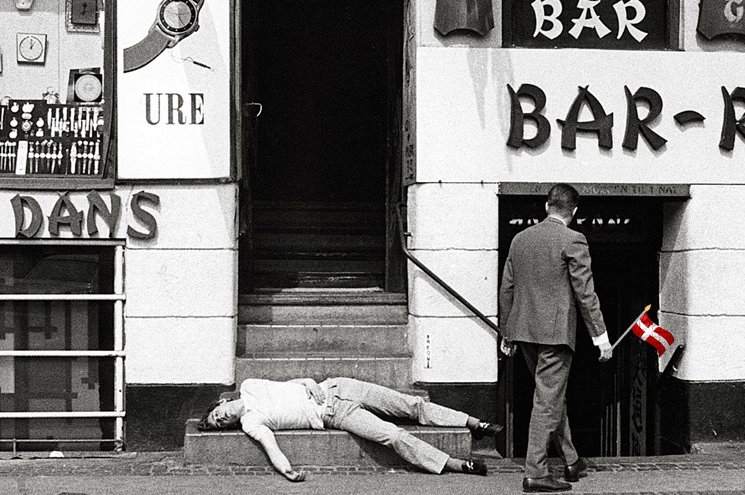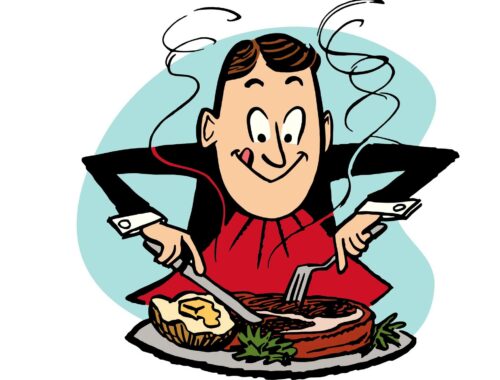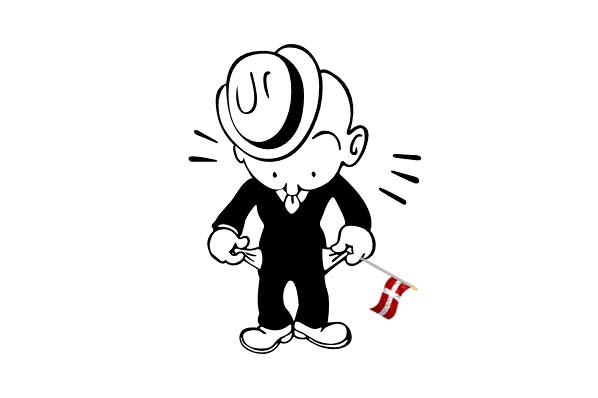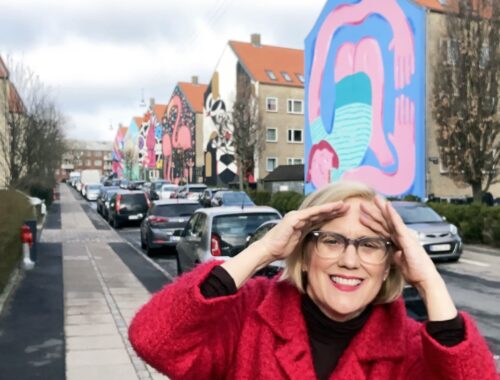I was on Danish morning TV recently, which isn’t really something to boast about. In a country of 5 million people, 10 guests a show, 365 days a year – you do the math. Just about everyone gets on TV sooner or later.
Some of my friends and colleagues mentioned that they had seen me, stumbling through with my imperfect Danish, trying to promote my book, How to Live in Denmark. But just some of my friends and colleagues. Specifically, it was my friends and colleagues who work in trendy creative industries – advertising, app designers, actors.
That’s because I was on TV at 8:45 in the morning, when people in those industries are just getting out of bed in preparation to roll into the office around 10.
My friends who have more conventional office jobs, like working in a bank, have to be their desk at 9am, so some of them had seen teasers – you know, coming up next, someone who doesn’t speak Danish properly, trying to promote a book – but they hadn’t seen the show itself.
And my friends who do real, physical work had no idea I was on TV at all. Airport tarmac staff, postal carriers, builders. They start work at 7am. Or even earlier, as you’ll know if you’ve ever had your deep sleep interrupted by a Danish builder banging on something outside your house at, say, 5:30 in the morning.
While there’s no official class system in Denmark, there is when it comes to working hours. And working clothing – people who work with their hands often wear blue jumpsuits to and from work, or painters pants, or bright fluorescent vests if they work outside in the dark. People in the creative industries wear aggressively ugly eyeglasses, and unusual shoes, and the men have chic little Hugo Boss scarves around their necks.
Different clothes, different starting times, that’s not big news, but recently other forms of inequality have been increasing in Denmark. In fact, according to the official Danish Statistics, the GINI coefficient, which measures inequality in Denmark, has been rising faster than in any other country in Europe. It’s now 27.9, compared with 22 at the turn of the century.
Different handling
And that’s a problem, because Denmark is a culture and a society that is built on equality, dating back to the Protestant Christian tradition. Denmark’s great agricultural industries still operate as co-operatives, and there is still a lot of co-operative housing in the cities. There is even a government ministry for equality – Ligestillingsministeriet. The Danish word for discrimination – ‘forskelsbehandling’, literally ‘different handling’ – provokes an angry chill down the back for Danes. Forskelsbehandling. It’s an ugly word.
Of course, the Danish tax system is set up to create equality, with high-income earners taxed a lot. And Denmark has tax-financed health services and tax-financed university education that are free for the users. But one small country can’t entirely fight against global trends.
People want to move to cities
Like most places in the world, more people in Denmark want to move to big cities than want to move to the countryside. In Denmark, that mostly means Copenhagen, Odense, Aarhus, Sønderborg, where they can work in the knowledge economy.
If you’ve owned a house in the Copenhagen area for the past 25 years, from the time before house prices started to rise, you are now rich. Some digital entrepreneur married to an organic pastry chef now wants to buy your house for a minimum of 3 million crowns, no matter what shape it’s in.
If you have the same house in a rural area like Lolland, a couple of hours drive away, it might be worth one tenth of that, if you can sell it at all. In parts the Danish countryside, many towns have very few jobs to offer and very few young people.
Like most places in the world, well-off Danes want to make sure their kids get the best possible education. And increasingly, that does not mean public schools. The percentage of kids in Denmark who go to private schools rises every year – it’s about 16% nationally, but in Copenhagen it’s almost a quarter.
Helle Thorning-Schmidt, the former left-wing prime minister of Denmark, lives in Copenhagen and sends her kid to private school. Mette Frederiksen, the current head of the Social Democrats, once gave a passionate speech about the selfishness of private school parents and how it was important for a healthy society that well-off kids mix with poor kids in the public schools. That was before Mette Frederiksen had her own children, who now go to private school.
Buy Kay’s books about Denmark on Amazon, Saxo, Google Books, Apple Books, Barnes & Noble Nook, or via our webshop.
Image mashup copyright Kay Xander Mellish 2025
Read also:
Cat Bites and Dental Vacations: The Ups and Downs of the Danish Health Care System





